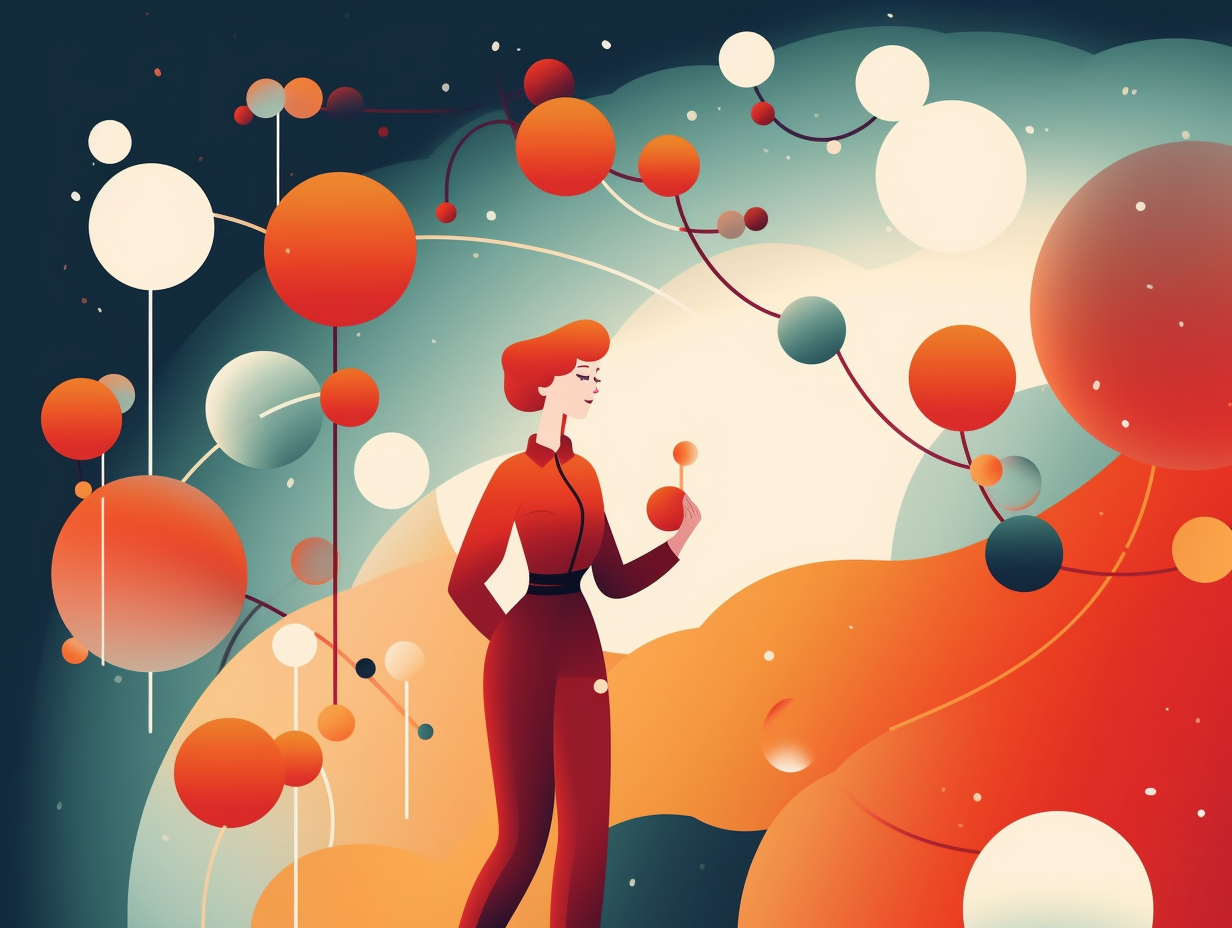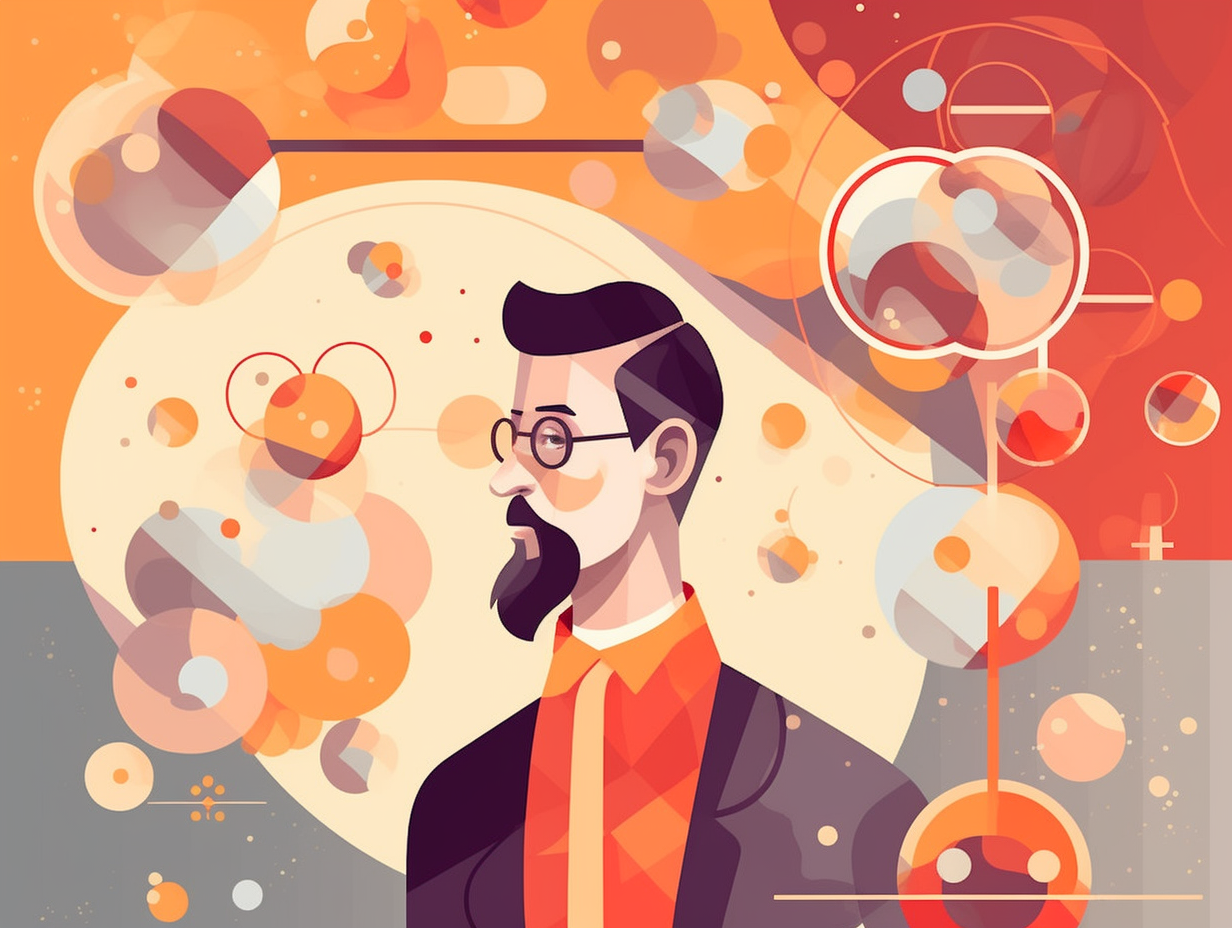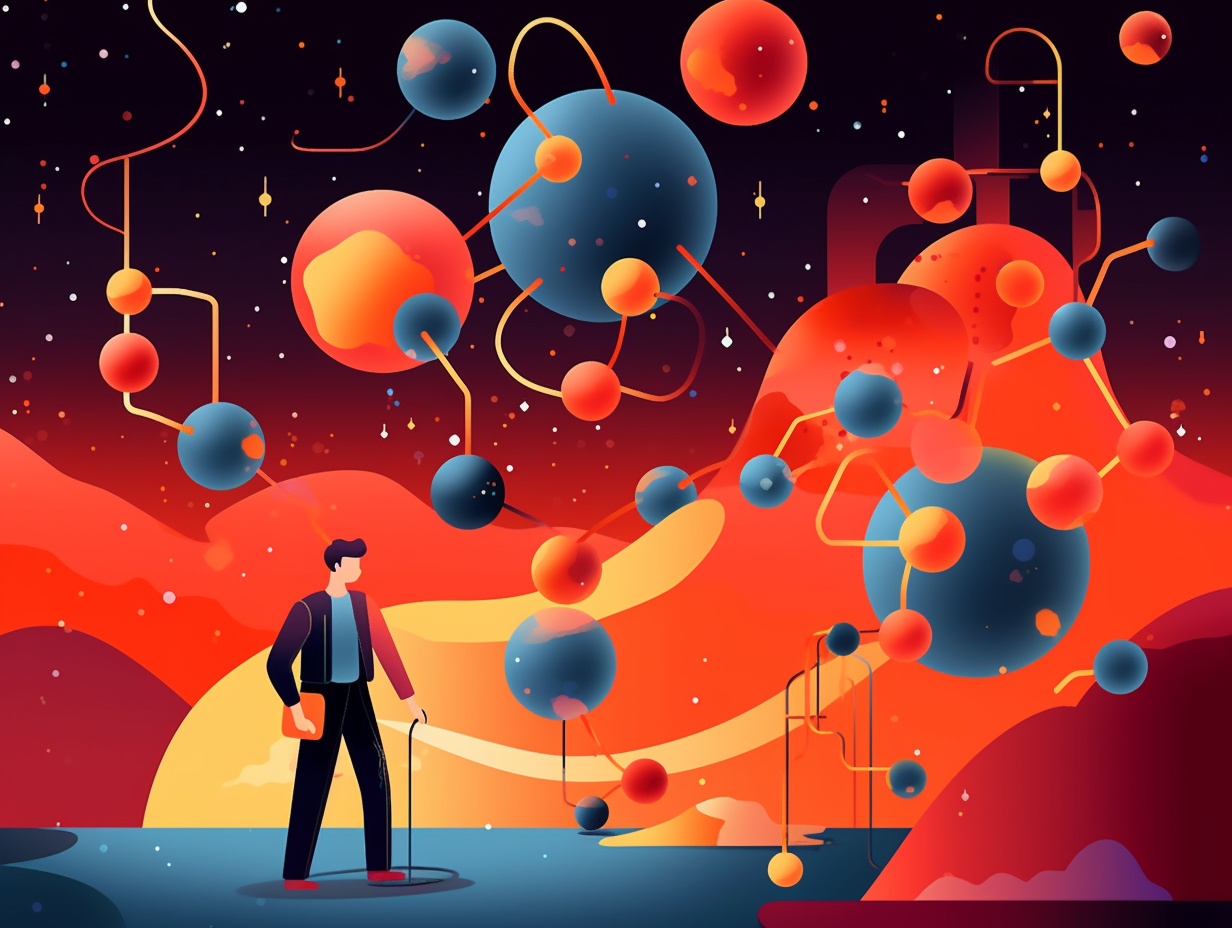Discover the Wonder: Top 13 Mind-Blowing Fun Facts About Molecules You Never Knew!

1. Casein: Cheese, Paints, and Protein Supplements
Holy cow! Or should we say, holey cheese? The versatile bovine-derived magic that turns your go-to breakfast sandwich into a melt-in-your-mouth masterpiece has been moonlighting all along: Casein, the star protein in milk, not only gives rise to cheese but also paints and protein supplements, making up 80% of cow's milk proteins and found in lower amounts in sheep and human milk.
Source => en.wikipedia.org
2. Bacteria's Secret Weapon: Beta-lactamase
Bacteria may not have a knight in shining armor, but they do have a secret weapon up their tiny sleeves: say hello to beta-lactamase, the penicillin-crusher! This microbial enzyme acts like a devious locksmith, granting resistance to penicillin by breaking its beta-lactam handcuffs: Such cunning tactics forced clinicians to create penicillinase-resistant penicillins, like dicloxacillin and oxacillin. But never underestimate bacterial villainy – the rise of methicillin-resistant Staphylococcus aureus (MRSA) proves that some bacteria love to play antibiotic-escaping Houdini, and pose a global health threat!
Source => news-medical.net

Did you know that atoms are experts at social distancing? Discover how 99.99% of empty space within atoms plays a huge role in the world of particles!
=> Fun Facts about Atoms
3. Fragrance Molecules: Now You Smell Me, Now You Don't
Ever feel like you're caught in a fragrant game of "now you smell me, now you don't?" Fear not, for science has got your nose's back: Fragrance molecules in products such as PopScent® and HaloScent® are cleverly engineered to break and release over time, ensuring a long-lasting and consistent aroma experience on fabrics, skin, and hair.
Source => firmenich.com
4. DNA & RNA: No Spy Games Here
DNA and RNA's relationship may seem intriguing, but it's far from a spy-genre inspired rendezvous: In actuality, the process of gene expression involves tightly regulated transcription and translation of genes into proteins, with RNA carrying the genetic information from the DNA in the nucleus into the cytoplasm, interacting with ribosomes to generate functional proteins in our cells.
Source => medlineplus.gov

5. Carbohydrates: Bite-sized Energy Superheroes
Don't be "carbo-bored" with these bite-sized energy superheroes: Carbohydrates, made up of carbon, hydrogen, and oxygen atoms, are essential organic molecules that primarily fuel our bodies, with the added talent of forming disaccharides, polysaccharides, and oligosaccharides through intermolecular acetal formation.
Source => ebi.ac.uk
6. Diamonds, Graphite, Buckminsterfullerene: Carbon's Diverse Offspring
When it comes to diamonds, graphite, and buckminsterfullerene, it's a tale of a lady, a tramp, and a soccer ball: These carbon allotropes may share the same parent element, but their crystal structures make for very disparate offspring! Diamonds dazzle with their unyielding strength, graphite slides through life as a lubricant or a pencil's alter ego, and our soccer ball doppelganger buckminsterfullerene boasts a 60-atom carbon roster.
Source => scientificamerican.com
7. Geodes: Nature's Geological Piñata
Behold the mysterious geode, nature's secretive gift-giver akin to a geological piñata: these wondrous orbs house dazzling arrays of crystals formed through a two-step tango involving hollow cavity formation in igneous or sedimentary rocks, and the minerals in the groundwater taking a page from the rock 'n' roll playbook by precipitating out, hardening into a symphony of glimmering quartz, calcite, pyrite, and more!
Source => fossilera.com
8. Hemoglobin: Friend of Oxygen Molecules
Who knew that the cast of "Friends," had nothing on hemoglobin when it comes to sticking together: one hemoglobin molecule can befriend up to four oxygen molecules, making it the real-life superhero of our bodies that transports these O2 buddies from our lungs to needy tissues, all thanks to its trusty sidekick – iron!
Source => ada.com
9. Water Molecules: Tougher Breakups Than You'd Think
You thought breakups were tough? Try breaking up water molecules! Mother Nature's pre-nup agreements, hydrogen bonds, make it a dramatic affair: Water molecules have a high latent heat of vaporization, requiring a large amount of energy to change from liquid to gas, leading to the cooling effects seen in sweating animals and transpiring plants.
Source => alevelbiology.co.uk

10. Caffeine: Job Applicant at the Adenosine Emporium
Why did the caffeine molecule apply for a job at the Adenosine Emporium? Because it was a neurotransmitter and a great impersonator: Caffeine, mimicking the shape and size of adenosine, sneakily blocks its receptors in our brain, making dopamine and glutamate go "Woo-hoo!" and causing us to feel more alert and focused after indulging in our beloved java fix. However, this superhuman power wanes over time as tolerance develops, so don't forget that sleep is still the ultimate boss in keeping you fresh and ready to roll.
Source => forbes.com
11. Enzymes: Masters of Molecular Shape-shifting
Like a molecular sculptor fine-tuning their masterpiece, enzymes mutate and shape-shift into better, faster, stronger versions of themselves: Enzyme evolution involves reshaping of the active site, tinkering with substrate positioning, and adjusting dynamics, all to improve their catalytic skills and pave the way for protein engineering and creation of novel, unique catalysts.
Source => ncbi.nlm.nih.gov
12. Soaps: The Molecular Diplomats
You know how people say "oil and water don't mix"? Well, soap just comes rolling into the room like a molecular superhero, breaking all the rules and making those two sworn enemies come together for the greater good – all so we can have squeaky clean hands: Soap's polar heads can bond with water, while its non-polar tails can mingle with oil. This chummy interaction leads to the formation of micelles, which trap and suspend dirt and grease in water, making it easier for us to wash it all away. Next time you lather up, take a moment to appreciate soap's unique molecular diplomacy!
Source => whatischemistry.unina.it
13. Chlorophyll: Mother Nature's Energizer Bunny
Chlorophyll: the ultimate sunblock that just can't quit the green scene! This vibrant and fashion-forward molecule is truly Mother Nature's solar-powered energizer bunny: crucial for photosynthesis, chlorophyll enables plants to absorb energy from sunlight, turning it into delectable plant-based treats while also graciously giving us the gift of oxygen.
Source => education.nationalgeographic.org
Related Fun Facts




















